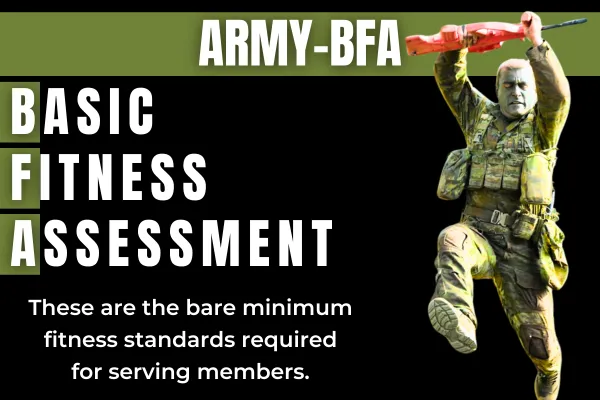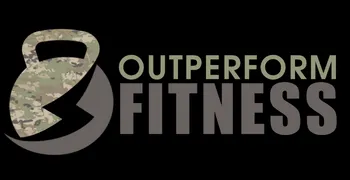Welcome to the Outperform blog page - your ultimate destination for discovering the secrets to unlocking your full potential in the realm of tactical professions. Whether you're striving to achieve your dream career or looking to elevate your fitness for better job performance, we've got you covered.
Article Topics:

Understanding the Army BFA: Minimum Standards and Why You Should Aim Higher
Understanding the Army BFA: Minimum Standards and Why You Should Aim Higher
If you’re preparing to join the Australian Defence Force (ADF), you’ve likely heard of the Pre-entry Fitness Assessment (PFA) — the first physical test you must pass during the recruitment process. But many applicants don’t realise that the real standard kicks in once you’re in uniform.
That standard is the Basic Fitness Assessment (BFA) — a recurring requirement for all serving members. Unlike the PFA, the BFA isn’t just a one-time hurdle to clear. It’s a condition of service.
In this article, we’ll break down what the BFA is, how it differs from the PFA, what the minimum standards are for both males and females, and why meeting the minimum should never be the goal.
The BFA vs the PFA: What's the Difference?
The PFA is designed as an entry-level fitness assessment to ensure applicants have a basic level of physical capability before entering basic training. The standards are comparatively low and are the same regardless of age.
Once you enlist, however, you're no longer judged by PFA standards.
The BFA is the ongoing benchmark used to assess whether serving personnel are maintaining operational fitness. It consists of:
Push-ups – Max reps in 2 minutes
Sit-ups – Max reps at a 3-second cadence
2.4km run – Timed
(Or 5km walk for older age brackets)
BFA standards are age- and gender-specific, but they are significantly more demanding than the PFA. And unlike the PFA, the BFA is not a one-off — it’s a job requirement.
How Often Do You Have to Pass the BFA?
Full-time soldiers must pass the BFA every 6 months
Reservists must pass the BFA every 12 months
If you fail to meet the minimum standard, you’re placed on remedial training and may be deemed unfit for duty. Continued failure can result in disciplinary action or discharge.
This is not just about fitness — it’s about maintaining readiness and reliability as a soldier.
Minimum Standards for the BFA
The BFA standards are scaled by age and gender. While older members are given some leeway in terms of the minimums, the test is designed to reflect the basic level of fitness required to serve in a professional military force.
Why the Minimum Shouldn’t Be Your Target
The BFA minimums are not performance standards — they are simply pass/fail thresholds. Meeting the minimum means you’re fit to serve, but it does not mean you’re ready for the demands of military life.
Here’s why aiming higher matters:
Injury prevention – Higher fitness levels significantly reduce the risk of training and operational injuries.
Operational performance – Fatigue resistance, strength under load, and task efficiency improve when your fitness exceeds baseline levels.
Confidence and resilience – Being physically prepared increases your mental resilience during physically demanding tasks or training phases.
Leadership – Whether or not you hold rank, being one of the fittest members in your unit earns respect and sets an example.
Passing the BFA might keep you in, but exceeding the standard helps you stand out — and stay ready.
How to Improve Each Component
If you’re currently preparing for enlistment or want to get ahead before basic training, here are specific guides to help you:
These will help you build a structured approach, whether you’re just starting out or trying to break through a plateau.
Also Training for the Air Force?
If you’re applying for the RAAF, keep in mind they have their own Physical Fitness Test (PFT). You can find the breakdown here:
👉 New Air Force Physical Fitness Test (PFT) Standards
Set the Standard Before You Join
Too many applicants wait until enlistment to start training properly. By that point, you’re already playing catch-up. If your goal is to thrive — not just scrape through — start training like the professional you’re aiming to become.
If you want a plan that’s already helped hundreds of applicants get enlisted and stay ready, check out my training program built specifically for ADF entry:
👉 Fit For Service Training Plan
Train now. Set the standard. Be battle-ready when it counts.
WANT TO GET
BATTLE READY?
Specialised online fit-prep program for ADF & First Responder applicants
Copyright Outperform Fitness © 2023.





